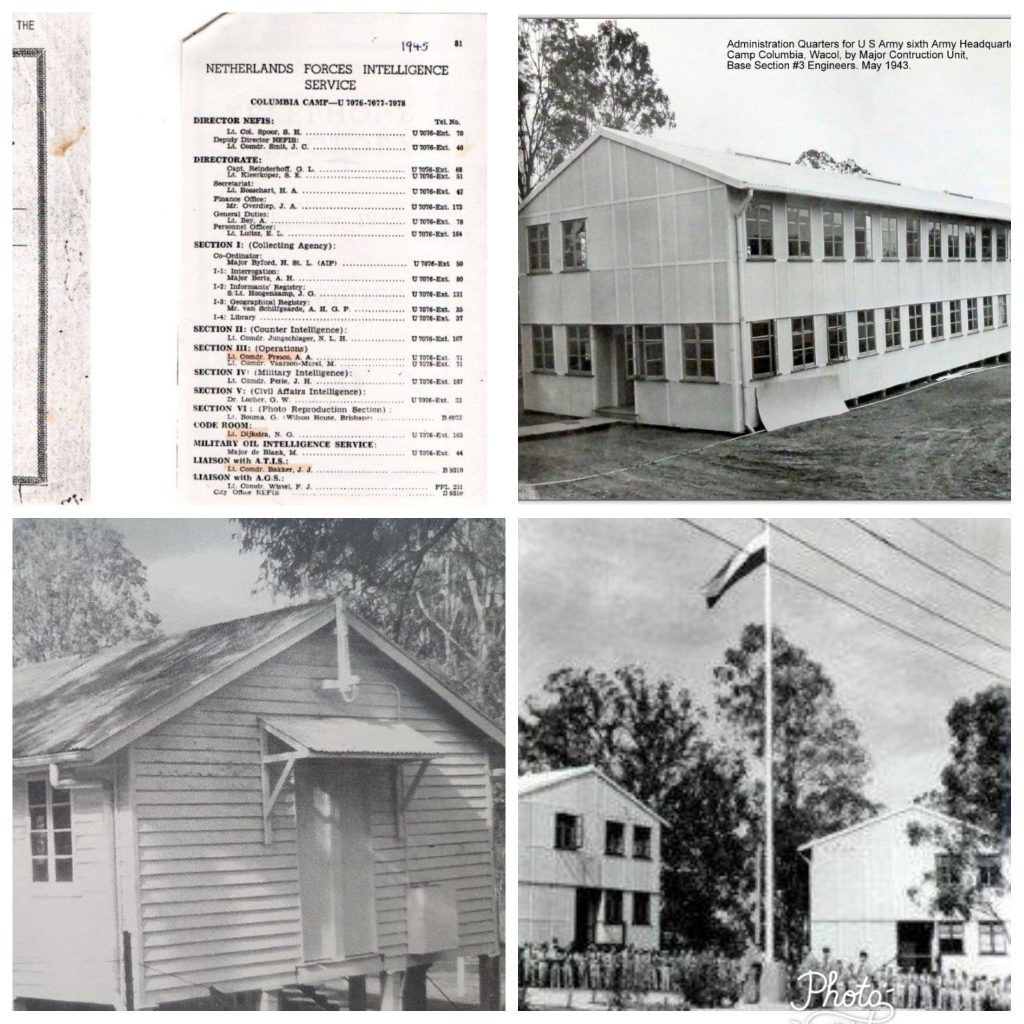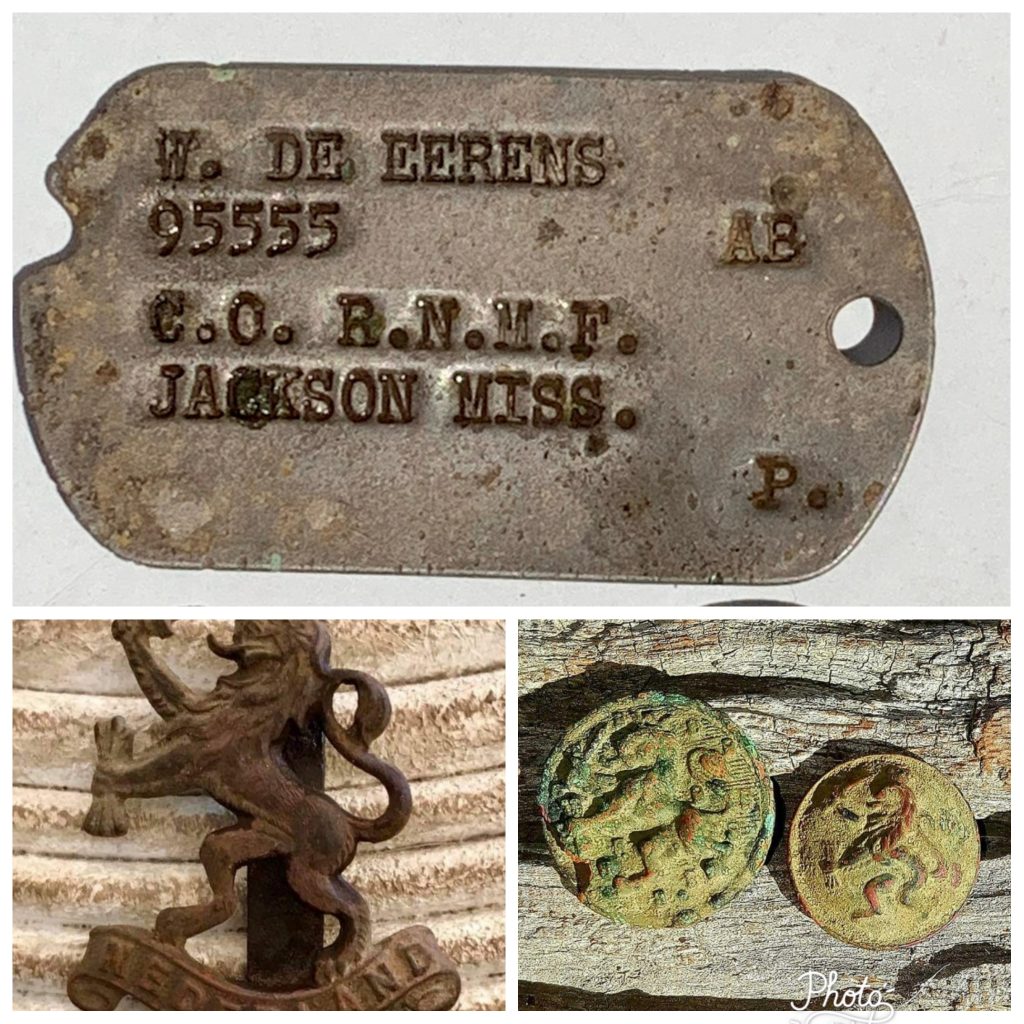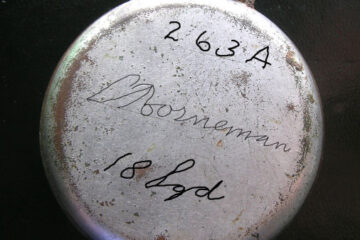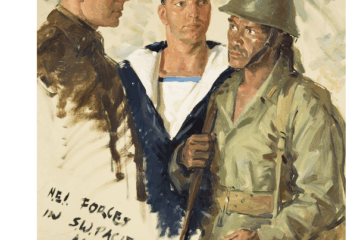Late last year the Honorary Consul of the Netherlands in Queensland Marjon Wind launched the groundwork for the archaeological projected conducted by the University of Queensland at the WWII HQ of the Netherlands East Indies Government-in-Exile at Camp Columbia in Wacol, Brisbane.

With the assistance of a ground radar an area of the former HQ has been mapped with the aim to find the foundations of the buildings, its infrastructure, and possible other artefacts.
In the past Dutch artefacts have been found at the Camp Columbia site.
When the Japanese invaded Netherlands East Indie (NEI) in 1942, most members of the NEI Government had been able to flee to Australia and organised themselves in Melbourne. Following hastily established diplomatic relationships in January 1942, the Australian Government offered the Dutch almost unlimited support in relation to facilities and training, while at the same time providing them with a remarkable high level of independence for their operations in Australia.
Background
The NEI organisations were unable to regroup in the Netherlands as the home country was under the occupation of Nazi Germany. The Dutch government was also in exile, headquartered in London.

In 1944 Queen Wilhelmina replaced the Netherlands East Indies Commission for Australia and New Zealand (NEICANZ) with the NEI Government-in-Exile. This was the first, and only time, that Australia hosted a government in exile.
In all some 20.000 Dutch people fled to Australia after the Japanese invasion of NEI.
In the chaos of those days before the capitulation the various Departments of the NEI Government including the army, navy and air force became scattered across Australia. Communication and travel between the various offices became increasingly more difficult and time-consuming once they became more organised.
When it became clear that liberation of NEI was coming within sight, the decision was made to prepare for the return to NEI. This meant consolidation was urgently needed, so in 1944 it was decided to centralise the various headquarters of the NEI organisations to “Camp Columbia “at Wacol in Brisbane.

The Americans had built Camp Colombia in October 1942 and in April the following year it became the headquarters of the US 6th Army. However, General MacArthur’s headquarter was moved to a new base at Hollandia, Dutch New Guinea once it was liberated in June 1944.
Wacol now became the Dutch headquarters. Situated across Ipswich Road close to the Wacol railway station, Camp Columbia comprised of offices, barracks, accommodation huts and an internal road network.
The last people left Camp Columbia in 1947. The site became one of the largest migration camps in Australia. Large numbers of Dutch migrants arrived at this camp between 1949 and 1970.
For more information see Camp Columbia at Wacol
The archaeological project
In 2021 an archaeological project was announced to investigate the site. Dutch partners in the project includes the Netherlands Ministry of Defence and is funded by the Netherlands Embassy. The research is conducted by the University of Queensland.
The project is supervised by Emeritus Professor Ian Lilley FSA FAHA (BA Hons, MA Qld, PhD ANU). Ian is an international discipline leader whose interests focus on archaeology and heritage in Australasia, the Indo-Pacific and globally. He also has a continuing visiting appointment as Willem Willems Chair for Contemporary Issues in Archaeological Heritage Management at Leiden University in the Netherlands. Leiden is continental Europe’s leading university in archaeology and among the global Top 10 in the discipline. In addition, he is an Advisor to the Centre for Global Heritage and Development (Leiden University, Delft University of Technology and Erasmus University Rotterdam).
Because of Covid restrictions at the prison site the project was delayed till the end of 2021 and is continuing during 2022.
Paul Budde


